Home \ Knowledge Hub \ Events \ Focus On… Foot-and-Mouth Disease and Similar Transboundary Animal Diseases (FAST)


01 Aug 2019
Focus On… Foot-and-Mouth Disease and Similar Transboundary Animal Diseases (FAST)
SHARE

DR FABRIZIO ROSSO
European Commission for the Control of Foot and Mouth Disease (EuFMD)
- Foot and mouth disease and similar transboundary animal diseases (FAST)
- Foot and mouth disease (FMD)
- Peste des petits ruminants (PPR)
- Rift valley fever (RVF)
- Bovine ephemeral fever (BEFV)
- Lumpy skin disease (LSD) and other diseases
- Priorities for FAST risk reduction
- Activities to improve FAST prevention and control
Foot and mouth disease and similar transboundary animal diseases (FAST)
For the last few years, countries in the European neighbourhood have been affected by various disease occurrences, such as foot-and-mouth disease (FMD) epidemics in North Africa, raising onward risks for disease-free countries in Europe. Dr Fabrizio Rosso, European Commission for the Control of Foot and Mouth Disease (EuFMD), reviews the diseases representing a growing threat and the strategies to reduce the risks. The regular occurrence of foot-and-mouth disease and similar transboundary animal diseases (FAST) in European neighbouring countries represents a constant risk of FAST introduction and spread into Europe. Actions aimed at improving the surveillance and control in the European neighbourhood can reduce the probability of FAST spreading towards European borders. Furthermore, the constant monitoring of the epidemiological situation in the neighbourhood can provide relevant risk information and contribute to increased awareness on major animal disease threats.
Foot and mouth disease and similar transboundary animal diseases (FAST) represent a constant risk for Europe. Improving preparedness in the European neighbourhood can reduce probability of spread.
The European Commission for the control of Foot and Mouth Disease (EuFMD) is working in coordination with the EC’s Directorate-General for Health and Food Safety (DG-SANTE), the United Nations’ Food and Agriculture Organization (FAO), and the World Organisation for Animal Health (OIE) to:
- Improve preparedness of member countries for crisis management
- Reduce the risk of FMD incursion through improved control in the European neighbouring regions
- Promote the global strategy for the progressive control of FMD
The EuFMD workplan has recently adopted the HOLD-FAST strategy with an extended scope of preparedness and risk reduction activities to FMD and similar transboundary animal diseases (TADs).
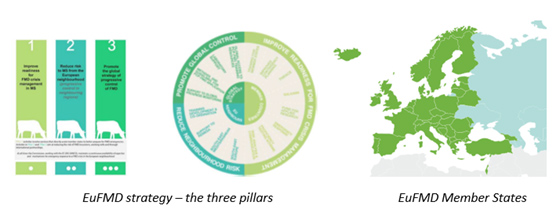
Foot and mouth disease (FMD)
FMD is present in European neighbouring countries (North Africa, Near East and West Eurasia) with different serotypes and lineages. The increased animal movements driven by seasonality, climatic conditions, and social and economic factors increases the risk of spreading towards EU borders as shown by the genotyping analysis carried out on isolates delivered to the international reference laboratories from different regions. Distinct levels of progression in the control of FMD have been recognized in the EU neighbourhood in the recent years, especially in countries that have started on the FMD Progressive Control Pathway. The Risk Based Strategic Plans implemented in Turkey and Transcaucasus countries have contributed to reduce the number of outbreaks and FMD impact on relevant sectors. However, the risk of introduction of new strains in these countries remains very high due to the circulation of different lineages between Iran, Pakistan and Afghanistan that contributes to the evolution of the viruses that then move westwards. The epidemiology of FMD is very dynamic in the Middle East too, with several lineages threatening the region. The instability of some countries remains a problem as it is often connected with a reduced capacity in implementing control measures and an increased animal mobility across the borders, with higher risk for the region and beyond. North Africa has been affected in the recent years by different epidemics of FMD caused by various FMD serotypes and lineages (O/Ind-2001, A/GIV, O/EA-3) showing trans-Saharan connections between North and West Africa and increased risk for Europe.
The EuFMD regularly publishes the Global Monthly Report with an update of the global FMD situation and FMDV lineages circulating in the different regions.
Peste des Petits Ruminants (PPR)
PPR is recorded in most African countries from North Africa to Tanzania, in nearly all Middle Eastern countries, and in Turkey. The vaccination campaigns implemented in the recent years in European neighbouring regions and the development of national strategies to progress in the control of the disease have contributed to the reduction of clinical cases and number of outbreaks detected. The consistent small ruminant population and the intense animal movements are a constant risk for the reoccurrence of the disease in many countries in the European neighbourhood. This means a constant risk for Europe as demonstrated by the outbreaks in Bulgaria in June–July 2018, which were rapidly detected and controlled.
Rift valley fever (RVF)
RVF has significantly impacted public health, livestock health and production, and food security over the last few years across the African countries and the Arabian Peninsula. Different modelling studies (Michael G. Walsh, PLoS Negl Trop Dis, 2017) showed that the sustained virus transmission outside the endemic regions (eg, in North Africa and South East Mediterranean) is real if introduction events coincide with optimal conditions. Furthermore, results of recent sero-surveillance conducted both on animals and humans in such areas (Morocco, Tunisia, and Egypt) demonstrated the circulation of the virus. Considering the transmission pathway of the disease (vector-borne), and the climate change with progressive increased temperature in the Mediterranean basin, the risk of introduction into South Europe is progressively increasing.
Bovine ephemeral fever (BEFV)
BEFV occurrence has increased over the past 20 years in the Middle East and Turkey, with a probable intermittent reintroduction of the virus from neighbouring enzootic countries of Asia and Africa. Considering the presence of vectors responsible for the transmission of BEFV and the potential origin of the epizootic from different regions, BEFV infection will remain a threat with the potential to cause significant economic losses in these regions and in European countries.
Lumpy skin disease (LSD) and other diseases
Lumpy skin disease (LSD) has spread since 2012 in the Middle East and Turkey, reaching Eastern Greece in 2015 and then spreading over the Balkan region. The disease was controlled in the area through a vaccination campaign based on the LSD homologous vaccine strain and with a vaccination coverage above 70%. LSD is still circulating in European neighbouring regions, with a reduced number of outbreaks detected, but still representing a threat for Europe. The global distribution of sheep and goat pox has been wider than LSD. The disease is known to be endemic in the region of North Africa, Middle East, and Turkey, with specific features in each country.
Many diseases are, therefore, threatening Europe, including bluetongue, African swine fever, African horse sickness, and avian influenza, and constant monitoring and prevention measures are necessary to reduce the risk of introduction and spread.
Priorities for FAST risk reduction
An integrated approach for FAST risk-based surveillance and control in the European neighbourhood, and availability of timely risk information to risk managers, can increase the capacity for early detection of FAST introductions and improve readiness to react to these incursions.
A better knowledge of the livestock flows and other risk information in these regions would be a major support for the anticipation of dangers threatening Europe, as well as useful information for the national veterinary services to design more effective disease surveillance in risk hot-spot locations. The EuFMD is assisting cooperation mechanisms established between countries in the European neighbourhood for the collection and sharing of risk information in order to regularly update the FAST risk at local and regional levels. Information-sharing tools have been developed and regional networks established to facilitate the systematic collection, collation, analysis, and sharing of data relevant for the assessment of risk such as:
- Occurrence of outbreaks
- Vaccination programmes and coverage
- Results of sero-surveillance programmes
- Results of the genotyping analysis with links between the difference various events reported
- Outcomes of immunogenicity studies
- Movement patterns of domestic livestock
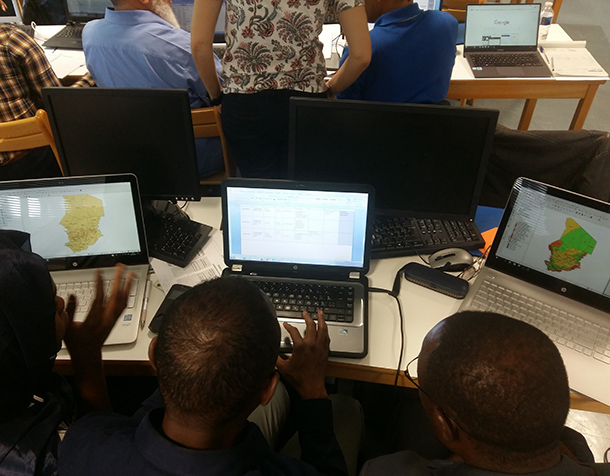
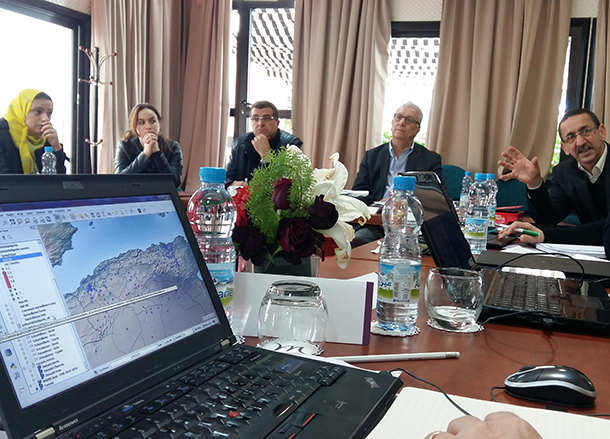
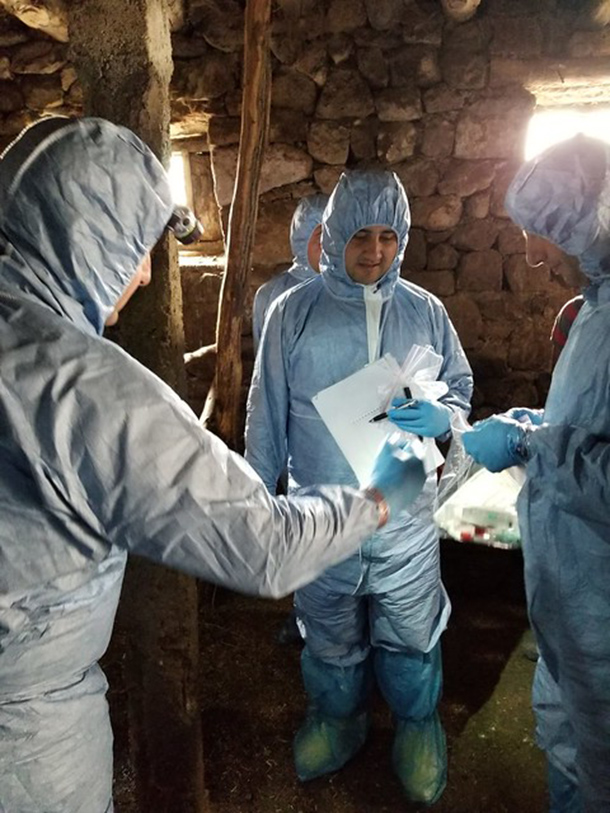
Activities to improve FAST prevention and control
Country capacity for FAST prevention and control can be improved through the development and delivery of training programmes for national staff, increased availability of vaccines and assessment of their performances. The EuFMD is cooperating with different partners and has developed a specific training programme delivered through face-to-face training and e-learning. This allows the national veterinary services to gain an increased sustainable and long-term capacity to investigate outbreaks and collect samples of good quality, implement risk-based control measures, monitor vaccine quality and vaccination programmes, improve epidemiology and laboratory diagnostic skills, better understand FAST impact, and identify options to reduce risk associated with trade. Information on current online courses is available here.
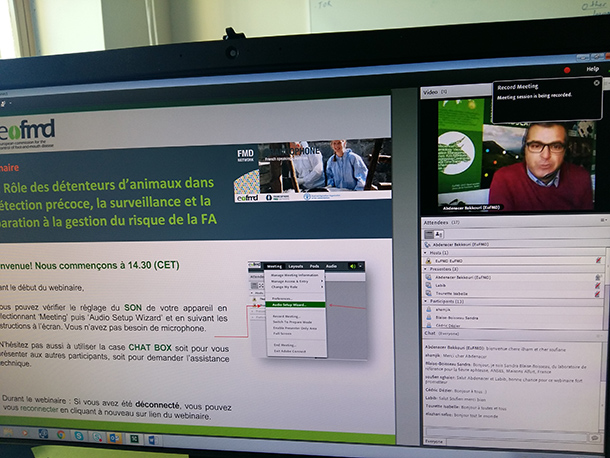
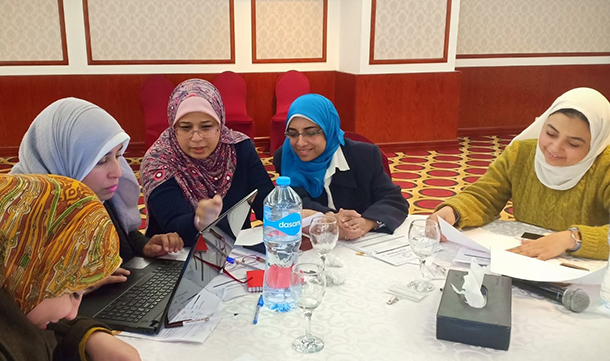
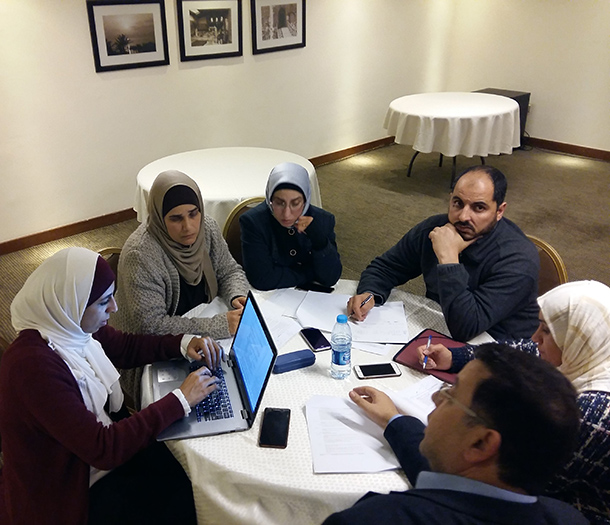
The HOLD-FAST strategy will continue in the upcoming years to improve preparedness for additional threats, support multi-pathogen surveillance programmes in high-risk hot-spot locations, assist networking between expertise available in Europe and neighbouring countries, and utilize the successful EuFMD training platform to cover specificities of different TADs.
Twitter | Instagram | Soundcloud | Youtube | Flickr | eufmd.org
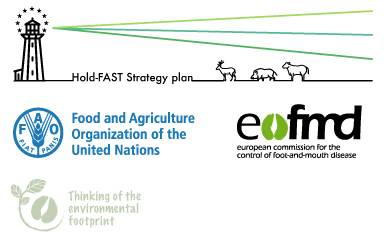
DR FABRIZIO ROSSO
European Commission for the Control of Foot and Mouth Disease (EuFMD)
The views and opinions expressed in this article are those of the author.

